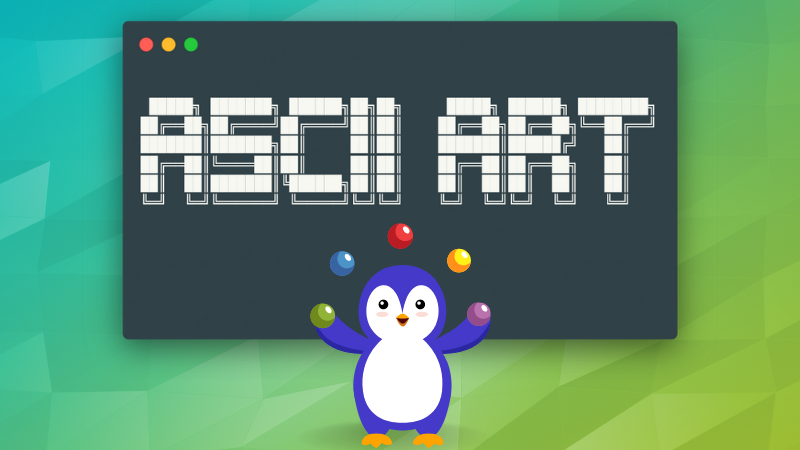ASCII art is a creative form of digital expression that transforms standard text characters into visually appealing designs. Its lightweight nature and compatibility across systems make it a versatile format for artists, developers, and hobbyists. Knowing which file formats preserve ASCII art quality is essential for storage, sharing, and publishing.
Different formats serve unique purposes, ranging from simple storage to advanced compatibility. Choosing the right format ensures ASCII artwork remains intact across various platforms. Some formats keep text plain, while others provide flexibility for styling, embedding, or distribution.
Understanding ASCII art formats helps digital creators share work with consistency and precision. Whether the goal is portability, online publishing, or artistic preservation, recognizing the advantages of each format makes ASCII art more accessible to audiences.
Plain Text Formats
TXT files for simplicity
TXT is the most common format for ASCII art storage. It ensures universal compatibility across devices and operating systems.
CSV for structured layout
CSV can store ASCII art when combined with line breaks and separators, useful in data-related projects.
Log files usage
System logs can contain ASCII banners or art, providing functionality while maintaining readability.
Word Processing Formats
DOC for editable art
Word documents allow ASCII art embedding with font adjustments and formatting flexibility.
RTF as cross-platform option
Rich Text Format maintains layout while supporting multiple word processors.
ODT for open-source users
OpenDocument Text files provide an accessible choice for users preferring open-source tools.
Image-Based Formats
PNG for clean visuals
PNG format preserves ASCII artwork when converted to images for online or offline use.
JPEG for compact storage
JPEG compresses ASCII art images, reducing size for faster sharing but risking slight detail loss.
GIF for animations
GIF files enable ASCII art animations, often used for creative looping effects.
Code-Oriented Formats
- JSON files can store ASCII art as string values, supporting integration with applications.
- XML organizes ASCII art with tags, enhancing readability and structure.
- HTML allows ASCII art embedding inside webpages with flexible display controls.
JSON structure support
JSON’s lightweight design makes ASCII art storage efficient for developers.
XML readability benefits
XML tags ensure ASCII art can be parsed in structured documents.
HTML embedding flexibility
HTML provides a direct way to showcase ASCII art on websites without distortion.
Compressed Formats
- ZIP archives can package ASCII art files together for distribution.
- GZ format compresses single ASCII art files, saving space during transfers.
- RAR enables efficient multi-file compression while maintaining artwork quality.
ZIP distribution use
ZIP archives simplify sending ASCII art collections across platforms.
GZ for lightweight transfers
GZ reduces file sizes without altering ASCII content.
RAR multi-file support
RAR helps organize large ASCII art projects into single compressed files.
Specialized Formats
- PDF offers a professional way to publish ASCII art in documents.
- SVG provides scalability when ASCII art is converted into vector graphics.
- Markdown integrates ASCII art into documentation or technical guides.
PDF publishing advantage
PDF maintains ASCII art structure while offering cross-platform portability.
SVG scalability benefit
SVG makes ASCII art resolution-independent when converted into graphic form.
Markdown integration ease
Markdown enables ASCII art embedding in documentation, blogs, and developer notes.
Conclusion
ASCII art can be saved in numerous formats, each serving unique purposes. Plain text formats provide simplicity, word processing formats ensure editability, image-based formats support sharing, code-oriented formats assist developers, compressed formats ease distribution, and specialized formats deliver professional results. Choosing the right format depends on whether the goal is compatibility, preservation, or creative enhancement. By understanding these options, creators ensure ASCII art remains versatile, portable, and impactful across digital spaces.


